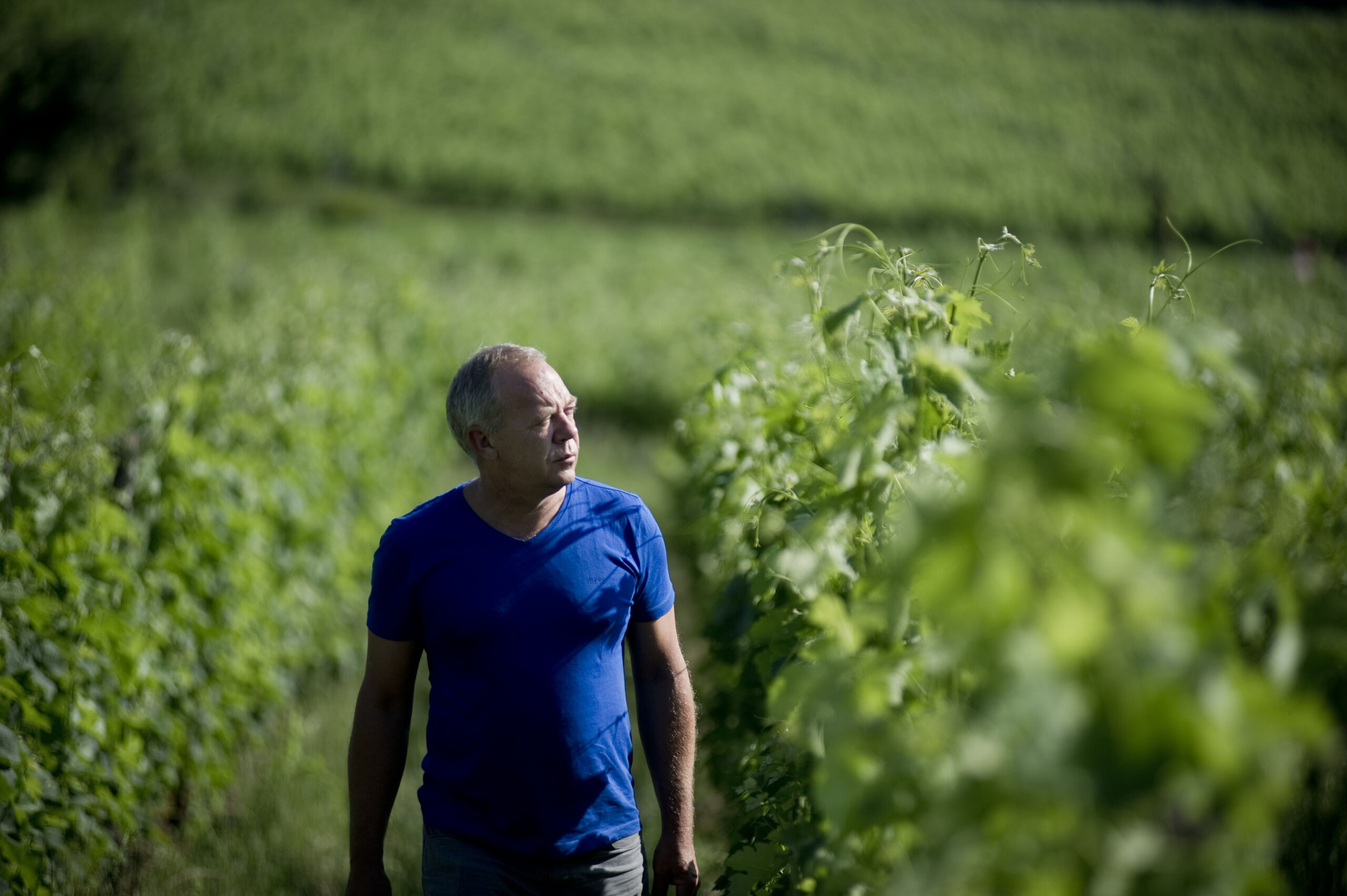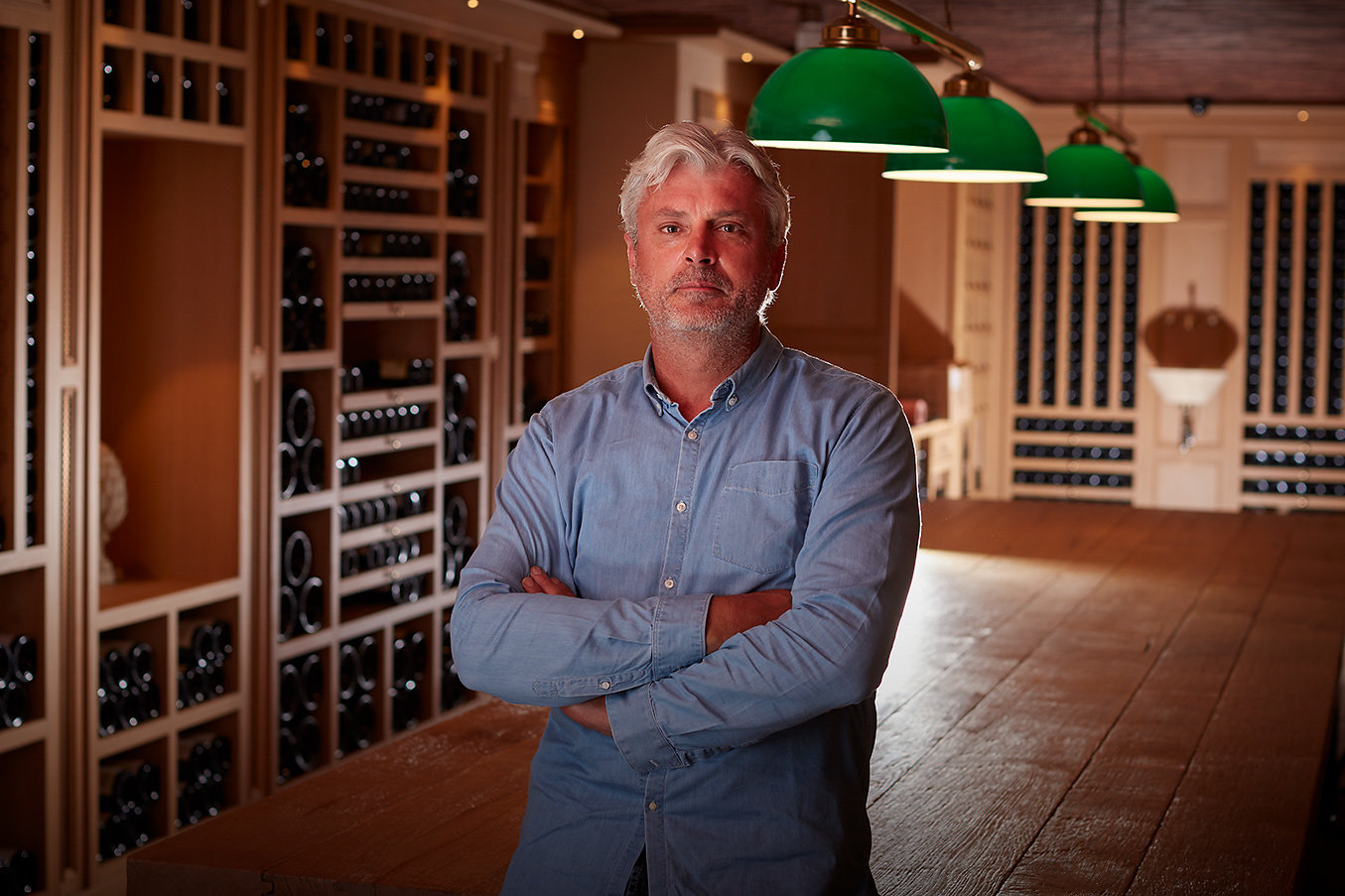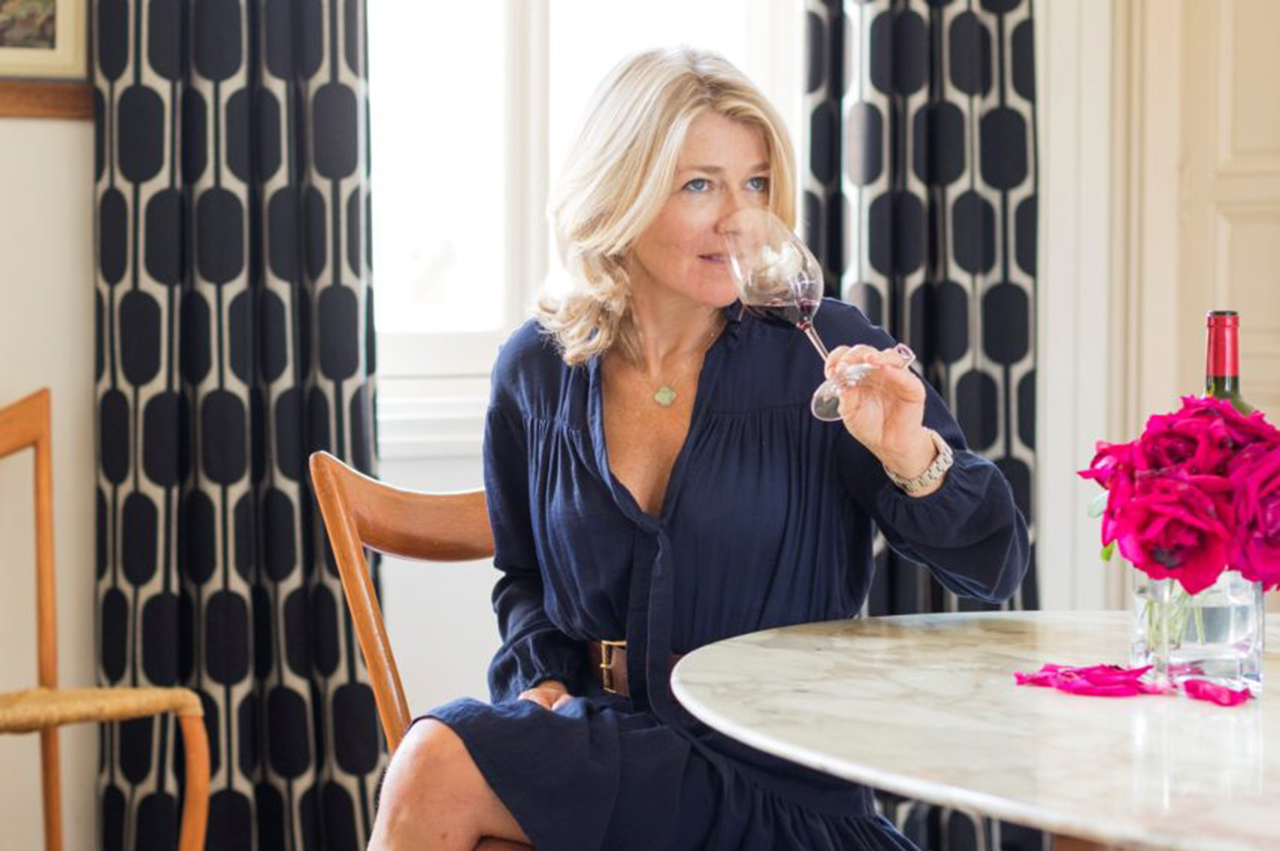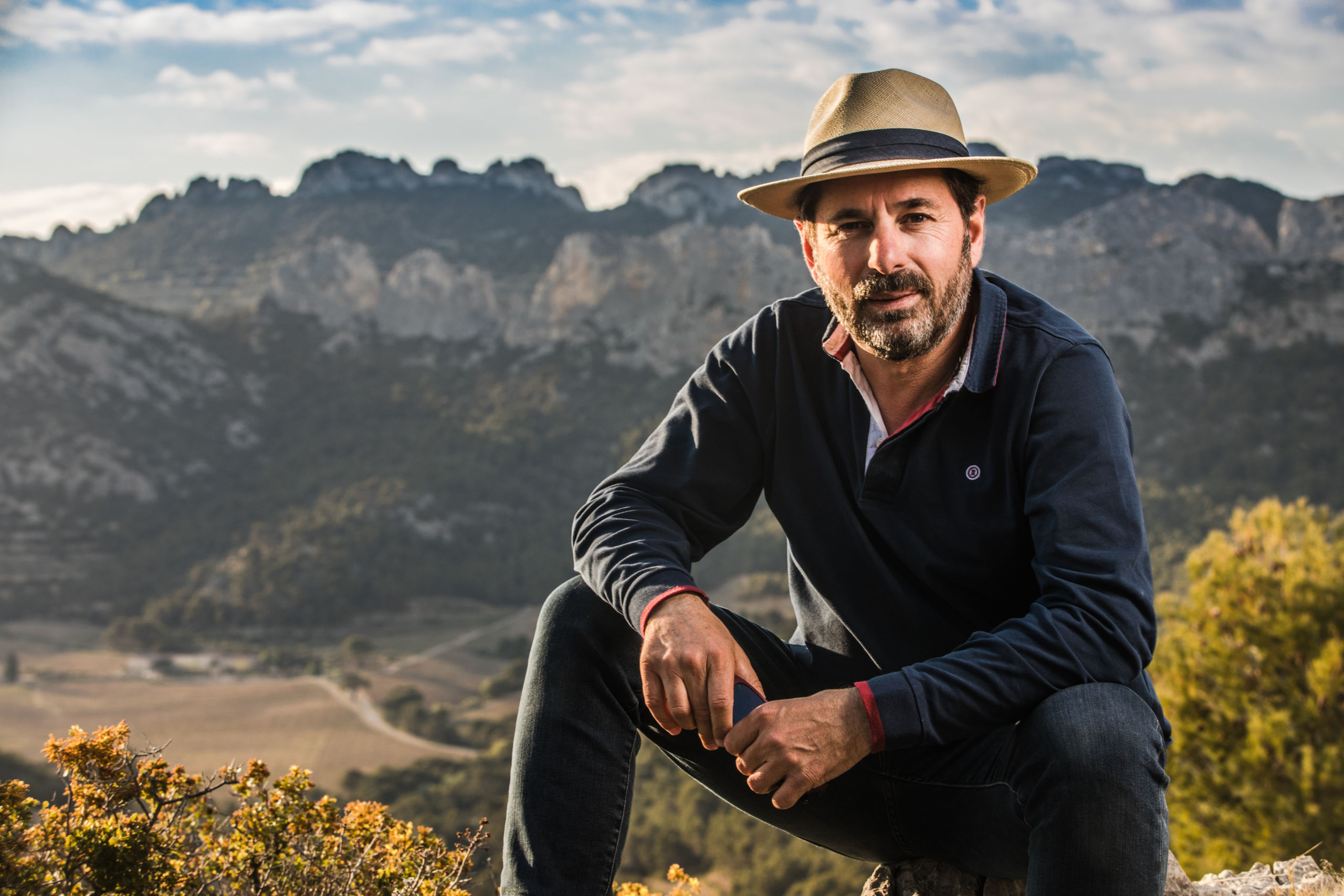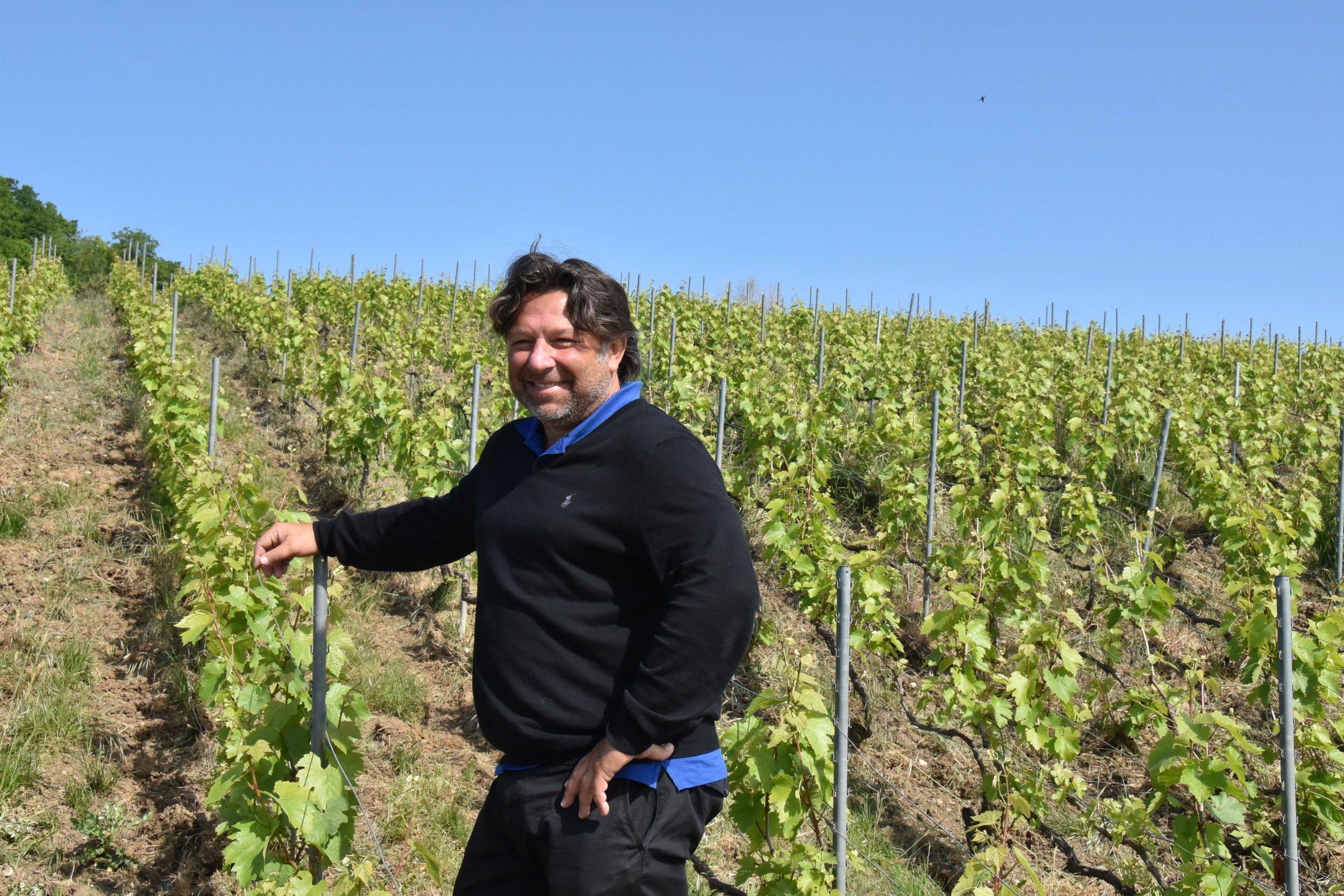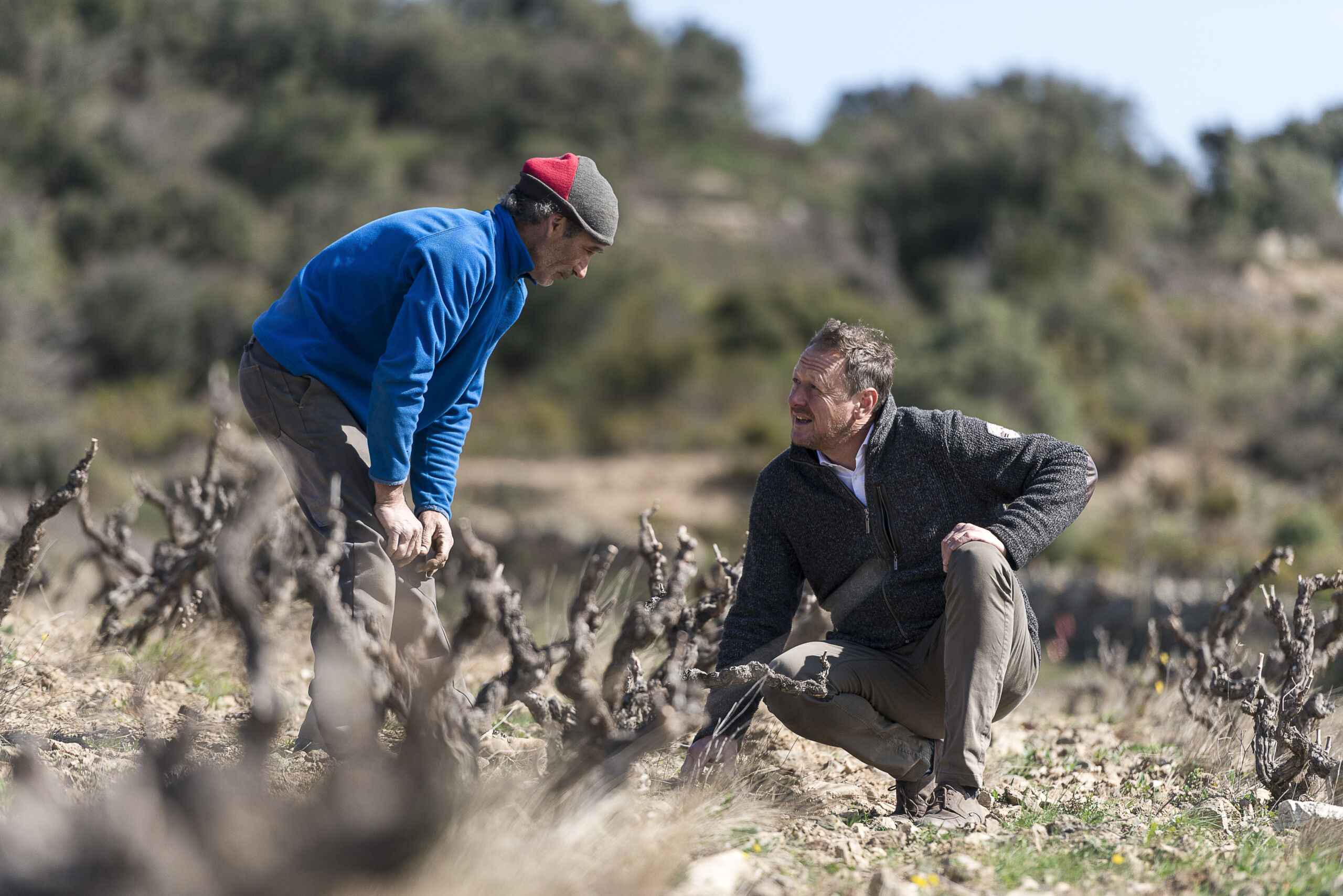FEEDBACK

Louis Benjamin DAGUENEAU
Domaine Didier Dagueneau
Vin Blanc, Vallée de la Loire et Centre
The pure style of the Wineglobe suits my philosophy to a tee.
Something neutral that preserves the raw material without make-up nor trick, while guarantying sufficient volume for a vinification devoid of any chance of deviation.
The project perfectly fits my expectations, and I am sure it will attract many winemakers who are looking for the purest and most adequate expression of their terroirs.
One of the more important advantages is the absence of porosity in glass. I add SO2 at the end of the alcoholic fermentation to get 20 to 25mg/L of free SO2, then there’s nothing left to do. As a result, the total SO2 stays low, which is noteworthy. It is much easier to clean than wood, there is no scale.
Stéphane DERENONCOURT
Owner of Domaine de l’A
Vin Blanc et Vin Rouge, Côtes de Bordeaux
We use Wineglobes at the winery for both red and white wines.
For the whites, the idea of using a material that is completely neutral and airtight enabled us to understand a lot of things, whether about fermenting with indigenous yeasts, or even more about aging. Our quest is to obtain a wine that is as pure as possible, and as close to the original qualities of the grapes.
The adventure of aging the reds is enthralling with the Wineglobe. It challenges all the definite views acquired through classical aging in wood, as well as in vats or amphorae. The notion of time becomes essential then. Once again, we have found the ideal vessel to seek purity, freshness and identity.
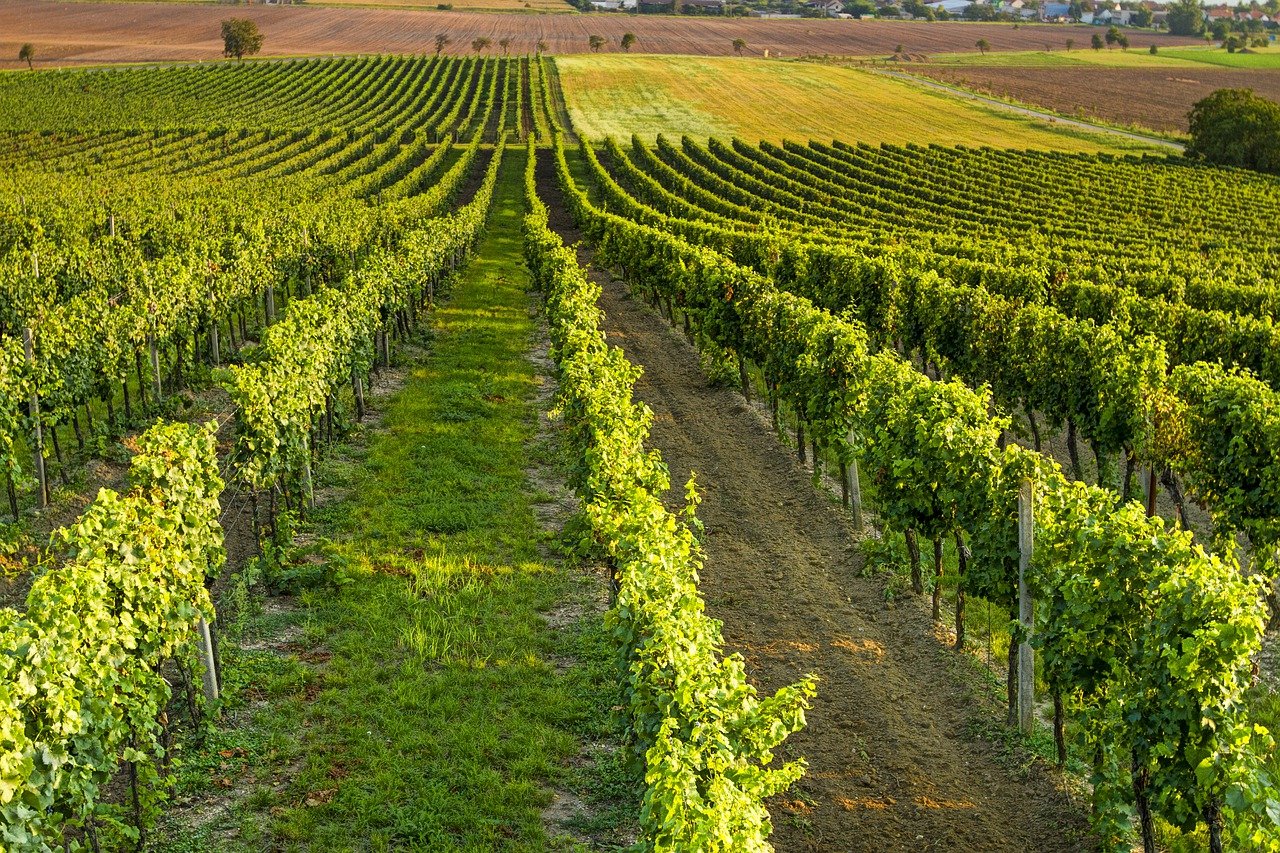
Domaine Arnaud ENTE
Vin Blanc – Côte de Beaune
We have realized that Wineglobes allow more homogenous and controlled winemaking than traditional oak barrels. Furthermore, raking is more efficient and we use less water for cleaning. We have more flexibility in terms of which vessel to fill depending on the vintages. The Wineglobe being clean, inert and sterile means increased security as far as possible microbiological contamination. The fact that there is practically no topping up adds value to the lasting nature of the vessel, which once crafted, wears down very little and thus has a very long life expectancy.
Taking all these aspects into account, our winery has decided to use this vessel for a large part of our production.
Lire la suite
We have been using demijohns to hold the topping-up batches of each vintage for years.
In 2016, the spring frost didn’t allow us to make the vintage in traditional oak barrels. The yield didn’t reach the 228 liters of the vessel used in Burgundy so we had to make the vintage solely in carboys.
When we tasted that vintage aged in glass without any exogenous addition of tannins, wood aromas and flavors or oxygen, we were very enthused by the aromatic and flavor profile, and texture of the wine. Unfortunately, that way of making wine was impossible in larger quantities, since the existing glass vessels didn’t hold more than 54 liters.
The 225-liter Wineglobe allowed us to consider new winemaking options such as limiting the amount of new wood as well as completely sidestepping oak barrels if wanted.
We have been making our wine in these Wineglobes for the past 3 years. We discovered that there is more than that advantage to doing so. Surely, we must be very meticulous when handling them because they remain fragile, although they are very easy to move because they are so much lighter than other vessels.
The second advantage is cleaning since we use 10 times less water than we use to clean a barrel. The round shape and the smooth surface make descaling and getting rid of any contaminating impurities extremely quick to perform, while resting assured the vessel is perfectly clean once it’s been washed.
Thirdly, the Wineglobe being made of glass, it is a lasting vessel. Once it has been produced, we’ll have it for a lifetime or even longer, which allows easier vessel management, and we can leave them empty if the yield isn’t sufficient to fill them.
We also have been able to forget about topping up, since the angels’ share (loss) is almost nil in this kind of vessel, we don’t lose 2% to 3% of production through evaporation any more.
In brief, we have realized that Wineglobes allow more homogenous and controlled winemaking than traditional oak barrels. Furthermore, raking is more efficient and we use less water for cleaning. We have more flexibility in terms of which vessel to fill depending on the vintages. The Wineglobe being clean, inert and sterile means increased security as far as possible microbiological contamination. The fact that there is practically no topping up adds value to the lasting nature of the vessel, which once crafted, wears down very little and thus has a very long life expectancy.
Taking all these aspects into account, our winery has decided to use this vessel for a large part of our production.
Christophe PERROT-MINOT
Owner ofDomaine Perrot-Minot
Vin Rouge, Côte de Nuits
The Wineglobe enables to keep a picture of the wine as we want it to be during making and pressing without any upsetting elements such exogenous tannins from the wood of casks.
The wine isn’t worn down by oxygen during the aging phase in the Wineglobe, thanks to which it retains its entire freshness and precision without displaying any sign of fatigue.
This winemaking technique paves the way for great new perspectives to keep wine in its original condition over many years.
Domaine Perrot-Minot
Full interview available at:
https://www.anthocyanes.fr/podcast/
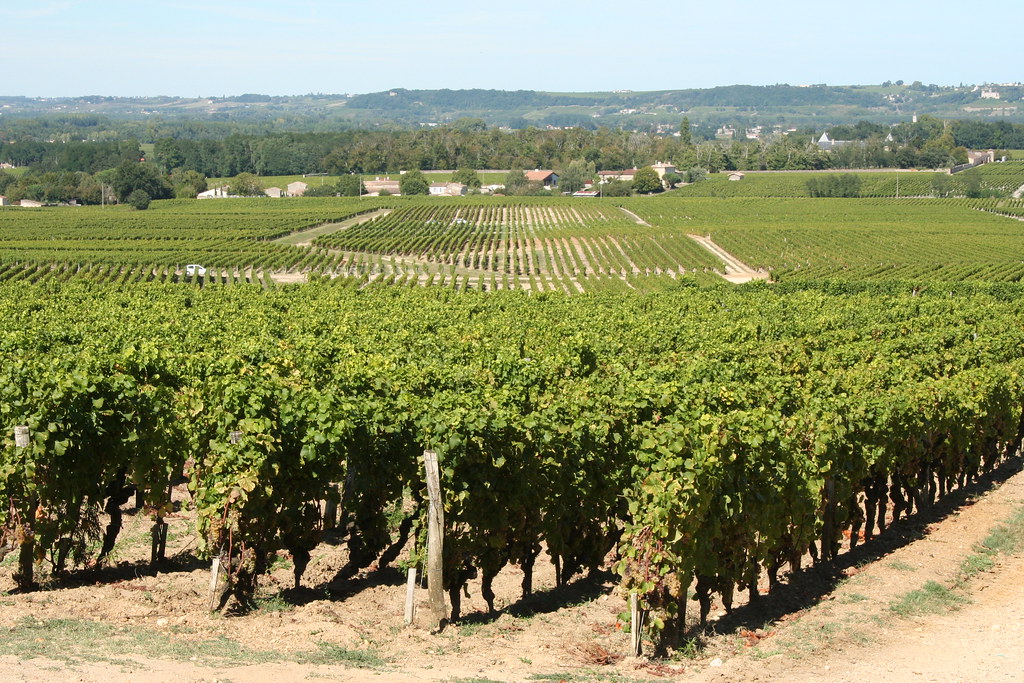
Château bordelais
Sauternes
We have been testing Wineglobes for fermentation and aging of our sweet wines during the past two vintages. The results are truly convincing : in addition to flawless alcoholic fermentation, the wine displays a fruity expression superior fruitiness to the same wine fermented and aged in new barrels. This fruity character and aromatic purity provide the freshness needed for balance.
After two years of aging, the 2018 sweet wine shows a lot of luster and nice mouth-filling feeling. The specificity of the candied noble rot is widely revealed; the wine is elegant and very harmonious.
The Wineglobe is a perfect alternative for vinification of sweet wines : without giving the wine a woodiness that is sometimes too strong, it nevertheless to expresses all the expected characteristics and fully respects the grapes!
Anabelle Cruse Bardinet
Owner of Château Corbin
Vin Rouge, Saint Emilion
At Corbin, the purchase of a Wineglobe falls within our very quality-focused approach.
Indeed, we wish to continue making progress on our knowledge of our terroir and seeking excellence for our wine. After restructuring the vineyard and building a plot-by-plot vat room, we are now focusing much of our innovation efforts on aging. We decided to make Corbin in a Wineglobe as part of our approach based on respect, precision and purity of fruit..We were enthused by the test.
Thanks to the Wineglobe we have a real supply of fruit to bring to the final blend. The object is beautiful; it’s simple to use; it requires neither adding sulfur nor topping up. We are going to purchase more.
David SUIRE
Director of Château Laroque
Vin Rouge, Saint Emilion
Working with Wineglobe glass vessels has taught and helped us a lot during the winemaking stages of the past two vintages. Thanks to its purity and protective nature – regarding oxygen among other things – the glass vessel allowed us to follow and accompany the evolution of a number of our wines from various clay-limestone soils. Without any interaction with wood, and perfect control of oxygen addition to the wine, it was completely novel, highly instructive and even fascinating to see that raw – almost unadulterated – material of the freshly fermented wine evolve. Without any filter, make up or trick, the wines unsurprisingly turn out to be ‘whole’, with all of their fleshiness, and unique mouth-feel and pure luster. In that, the Wineglobe, as a winemaking model, also teaches us a lot about our way of making our wines in wood vessels, concrete vats, etc.
Xavier Vignon
Xavier Vins
Vin Blanc, Vin Rouge et Vin Rosé, Chateauneuf du Pape
Returning to the intrinsic purity of wine… such is Xavier Vignon’s philosophy.
How to vinify in such a way as to preserve the aromatic diversity of the wines without betraying the purity of the juices.He turns to a new way of ageing; a new material, pure and ensuring a vinification without exchanges between the container and the content: glass.
The Wine Globe, an ultra-resistant glass tank, has all these advantages: inert, waterproof and unalterable.
It ensures the purest and most precise expression of the terroir, the best development of the wine.
Frédéric SAVART
Champagne Savart
Champagne
I find the result really interesting.
Also, it is very practical : the Wineglobe is easy to use, and you can easily reduce the use of S02 as the wine is well protected…
